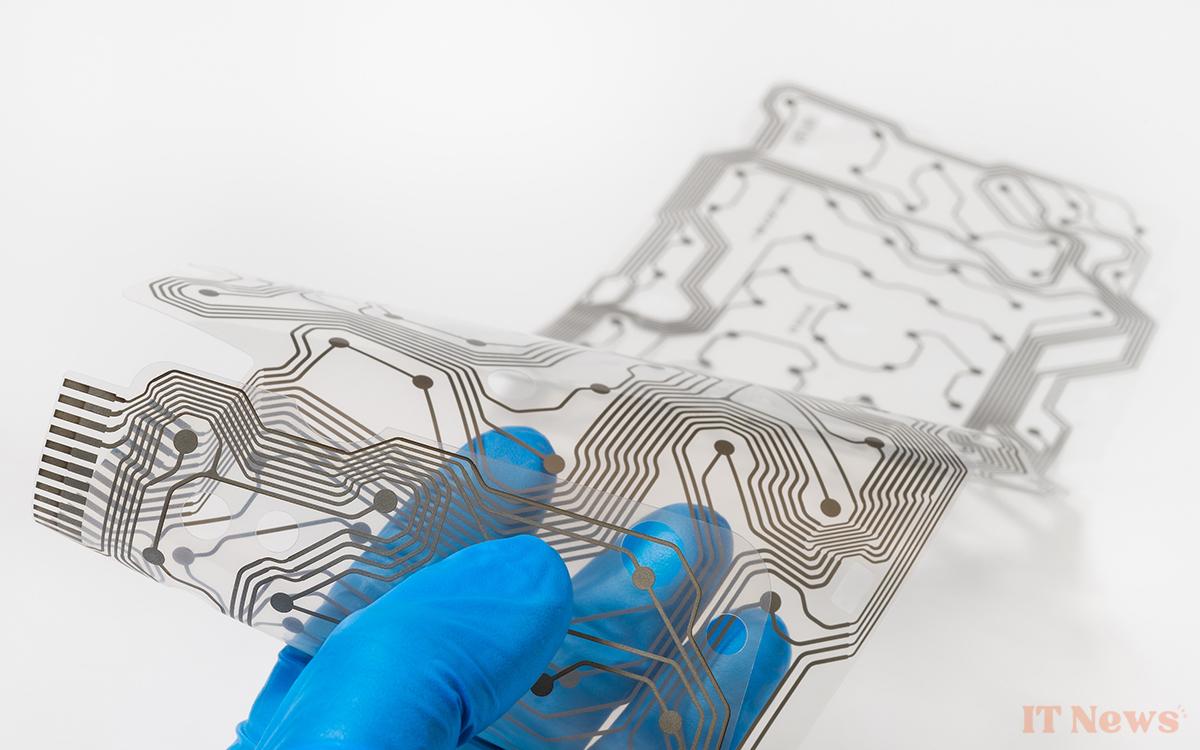Japanese researchers have developed a method for using the human body as a computing tool. This breakthrough could revolutionize the way connected devices work. What if our own flesh became a processor in its own right?
In recent years, the links between technology and biology have been strengthening. Research is exploring approaches where the human body is no longer just a passive user but becomes an active element of the system. The rise of medical implants, smart prosthetics, and health monitoring devices illustrates this trend. Now, some teams are seeking to go even further: making the body itself a computing component, just like a processor.
This is precisely the goal of a researcher from Osaka University in Japan. In a recent study, Yo Kobayashi showed that it is possible to use human muscles to process information. By observing wrist deformations using ultrasound, he applied the concept of “reservoir computing.” This method involves projecting an input signal into a complex physical system and then analyzing its response to solve problems. The body, with its nonlinear tissues, thus becomes a natural reservoir of information. Human muscles could soon support connected objects and medical aids. Thanks to their unique mechanical properties, living tissues are able to transform signals without using direct electrical energy. Smartwatches, fitness bracelets, or medical sensors could one day delegate part of the processing to these tissues, reducing the burden on conventional components. This would make it possible to design more compact, quiet, and economical objects, suitable for intensive use or medical environments. This technology also opens up prospects for human-machine interfaces. Prosthetics could react more precisely to muscle signals, or control devices could detect tiny gestures without physical contact. We can also imagine smart chairs, control systems for people with reduced mobility, or connected clothing capable of adapting in real time. Even if this work remains experimental, it marks a step towards a more natural interaction between humans and machines. An unprecedented collaboration between biology and computing could well define the next technological revolution.




0 Comments